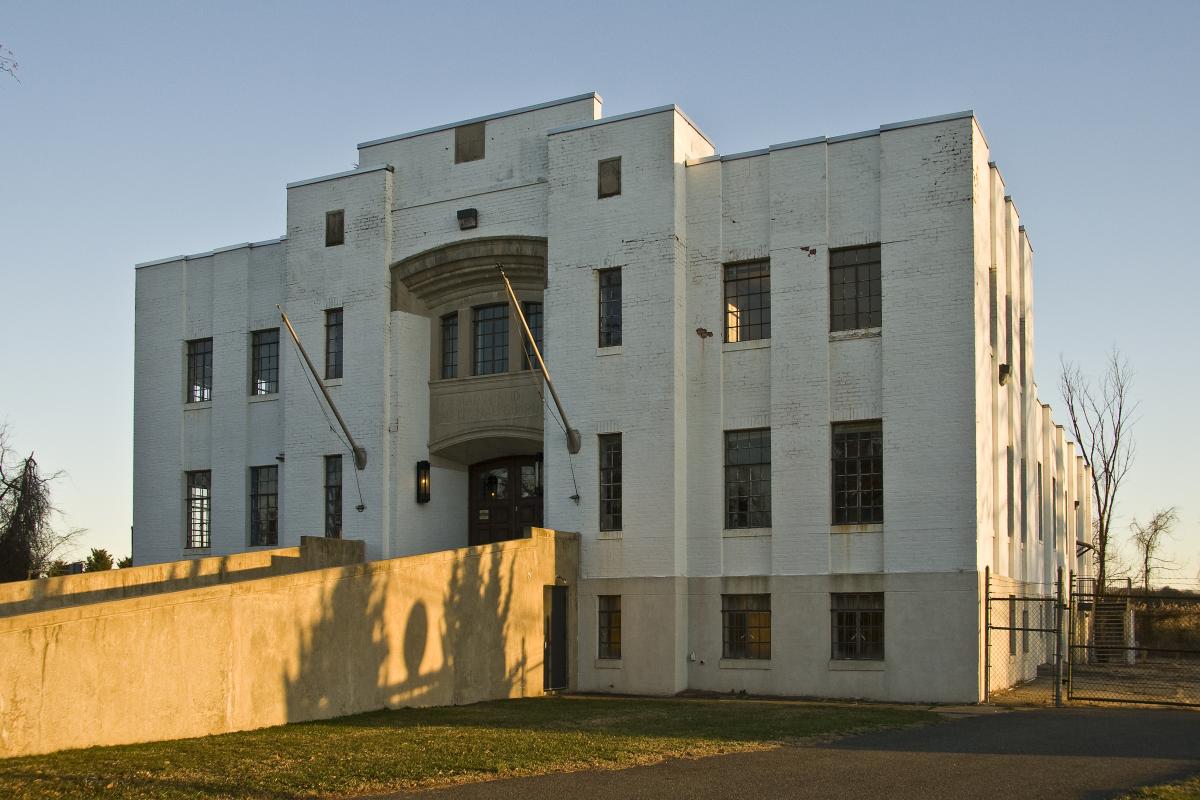I am writing as a Chestertown Historic District citizen, property owner and business owner for the past 40+ years.
This matter is, as it should be, a classic Chestertown debate based on the past, present and future . . . and no one is right or wrong. Instead, all opinions are valid and contribute to the discussion. There should be mutual respect, comity, and civility for the differences of perspective. Here are mine.
I support the idea for a new Chestertown hotel at the Armory property.
And among many others, I hope that the original 1931 Armory structure (a National Historic Register property) can be saved, but have no objection to the removal of the post-1931 additions to the structure assuming that the application satisfies its demanding burden of proof.
Precedent Effect. For better or worse, your decision will have a significant binding precedent effect on future demolition applications. So whatever you decide, the clarity of your decision will be a beacon for those decisions.
Penn Station Lesson. In 1910, a beautiful Beaux Arts Penn Station was built in New York City. In the early 1960’s, arguments emphasizing economic interests resulted in the demolition of the structure. That decision was soon lamented and fueled an aggressive preservation movement in the city that is vigorous to this day.
The Chestertown Armory was constructed 95 years ago. The Chestertown Historic District regulations were first enacted in the 1960’s. They were initiated, and fueled, to some extent by the Penn Station experience.
Those regulations repudiate economic interests as a reason for the demolition of structures which have been determined to be contributing to the Chestertown Historic District (which you have already unanimously determined for the Armory).
The Building. The Armory was a beautiful Art Deco brick structure (with period light fixtures and other details) when built in 1931. As shown on the attached postcard copy, it was a handsome and dignified edifice. It was painted white sometime thereafter, perhaps in the 1940’s or ˈ50’s.
But it is now unsightly and unkempt because of more than a decade of neglect. Perhaps its appearance would be improved by the removal of the two scraggly trees at the entrance, and removal of the white paint, together with a general and meaningful site cleanup.
The Centerville & Easton Armories. Similar armories were built in those towns during the same period as in Chestertown. They have been restored with their original unpainted brick façades. They look great and blend seamlessly into, and contribute to, those communities.
Conditions of Approval. The Historic District Commission is authorized to impose conditions on its approvals. In this case, if a partial demolition is approved, it would be reasonable for the applicant to be required to remove the white paint simultaneously with the demolition.
Independent Counsel. I have known the Mayor & Council attorney Chris Drummond for many years. He is a good attorney. But the Historic District Commission is a separate legal entity and should have independent counsel. That should be done to avoid possible conflicts of interest for him, and to eliminate that as an issue on an appeal of your decision.
[It is common for district governmental bodies to have separate legal counsel. In Kent County, the County Commissioners, Board of Appeals and Planning Commission all have separate lawyers. Tom Yeager is the attorney for the County Commissioners and Chris Drummond is the attorney for the Board of Appeals.]
In conclusion, as you know, and after all, your decision is one which is fundamentally a matter of the rule of law, and not of popular opinion or institutional convenience.
Thank you for your consideration of these thoughts.
Phil Hoon
Chestertown



David A Turner says
I’ve been sitting on the fence re. the Armory issue. Waiting for some kind of compromise.
However, Phil Hoon is, as usual, insufferably correct.
He paints a compromise picture of a glamorous, natural brick structure with non-painted/plastered historic brick surfaces, art deco lights, gracing the riverfront in Chestertown — eliminating all the tacky backstructure behind the 1931 building.
I hope the Historic Commission will use Hoon’s suggestion as a new starting point for accommodating the developer. I, like all historic district residents, want that hotel. The building that Hoon envisions will be an asset — attracting the discerning types of people who come to a historic town for vacations and conferences.
If the College agrees to saving so much of the structure, maybe HDC can dispense with some of the demands for $$ tear-down studies and preliminary surveys.
Finally, I believe we’d all like to see that old postcard photo of the Armory before the military plastered its surfaces and painted it ugly white. Perhaps, Chestertown Spy could post it alongside Hoon’s editorial?